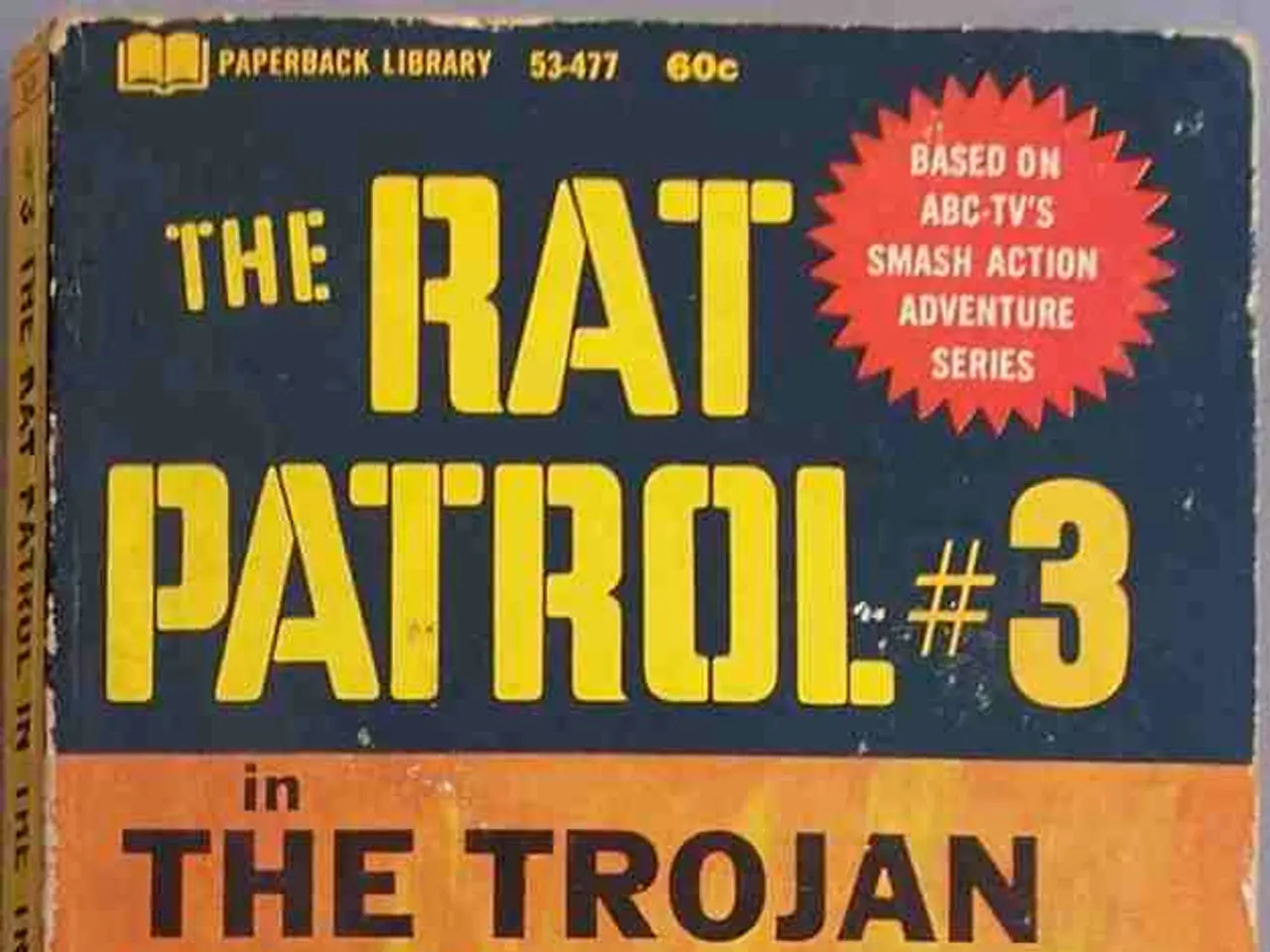Syrian President Al-Sharaa's Brutal Coercion and Co-optation in Quest for Unity
President Ahmed al-Sharaa's new Syrian regime, established in 2026, faces complex challenges in its quest for a unified, centralised state. Its strategies range from co-optation and charm offensives to brutal coercion, as seen in its handling of various communities and armed groups.
Al-Sharaa's power consolidation, driven by a threat-opportunity calculus, has led to both state-building efforts and atrocities. The government has pursued a strategy of co-optation, incorporating compatible armed groups and civil society actors to secure power. This is evident in its integration of the Syrian National Army (SNA) factions and appointment of powerful warlords to senior posts.
However, the government's approach to the Syrian Democratic Forces (SDF) has been less successful. Despite US pressure, the fragile coalition remains stalled, with no progress reported since the incomplete March 2025 framework for gradual integration. Al-Sharaa has not entered negotiations with the SDF due to persistent tensions and localized Kurdish authority.
The government's brutal tactics have been evident in its treatment of minority communities. The Druze community's demand for autonomy and independent militias led to government atrocities. Similarly, the Alawite community was targeted due to perceived loyalist insurgency threats, with brutal 'security campaigns' launched against them.
Al-Sharaa's regime seeks a durable, unified hegemony, transitioning from a precarious, fractured reality. While it has employed sophisticated charm offensives to secure international aid and win sanctions relief, its brutal coercion against perceived threats has drawn criticism. The regime's future stability depends on navigating these complex challenges and finding a resolution with the SDF.





